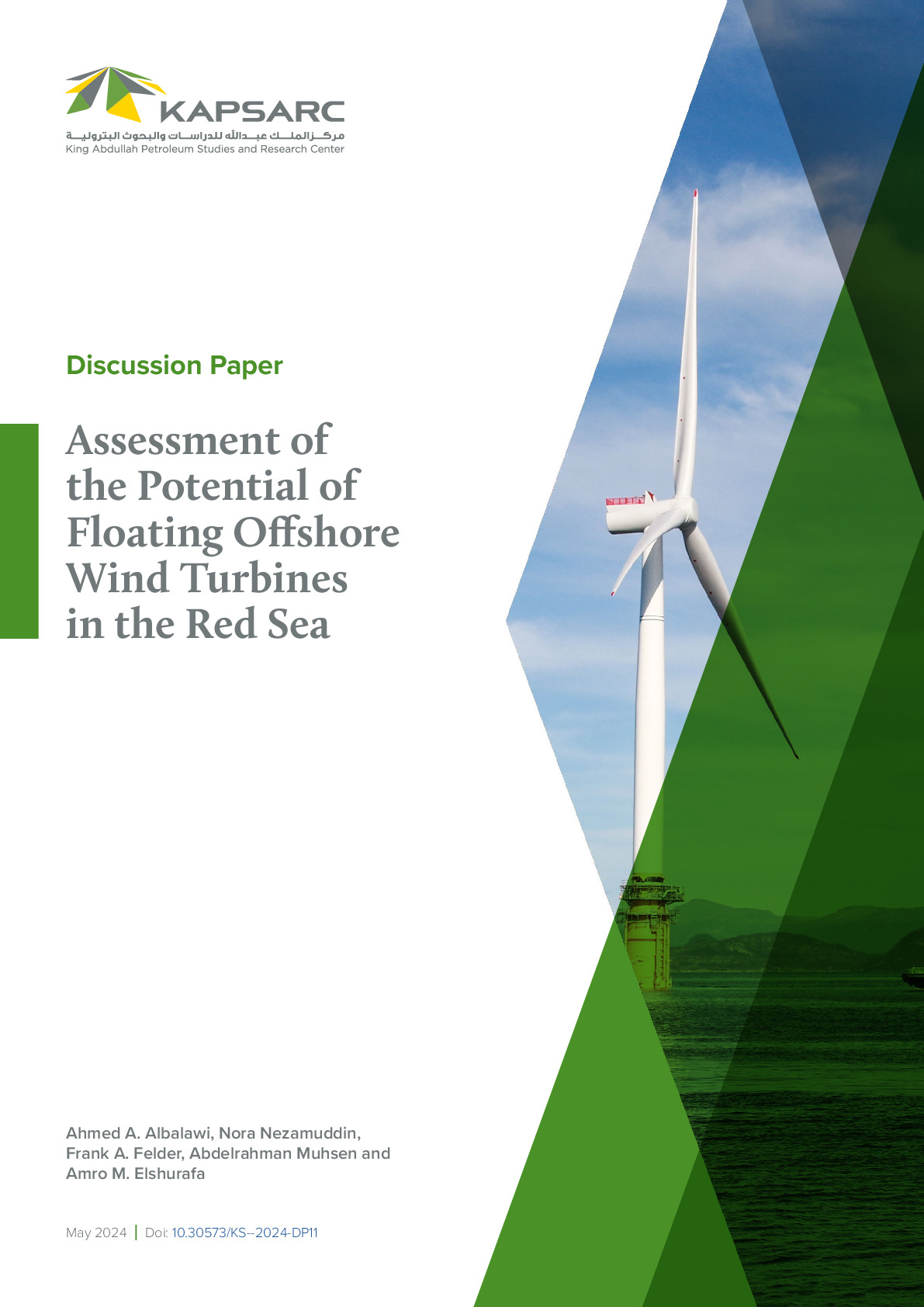The COVID-19 pandemic has affected economic sectors in a very heterogeneous way. In the early stages of the economic lockdown, only limited economic data, if any, related to the event were available. With the government’s discretionary measures to contain the infection, it became obvious that some sectors will suffer more than others. We have used this information within the input-output framework to calibrate demand shocks to individual sectors and to obtain early estimates of the impact on sectoral and overall GDP. Given the high level of uncertainty, we designed three scenarios, reflecting the severity of the shock, its sectoral distribution, and the time needed for recovery, and applied to the Saudi economy.

David Havrlant
David was a research fellow who contributed a better understanding of the current and future economic environment of a changing…
David was a research fellow who contributed a better understanding of the current and future economic environment of a changing region. He was mainly interested in the development of models for policy analysis and forecasting. At the same time, he was involved in projects related to the Vision 2030 program, focusing on the economic transformation and diversification of the Saudi economy. Prior to joining KAPSARC, David worked at the European Commission, European Central Bank, Moody's Analytics and the Czech National Bank. In these institutions, he participated in economic policy analysis, forecasting and research. He also served as a consultant to central banks in the CEE region, managing a variety of economic modeling projects. David led courses in econometrics and operations research during his Ph.D. studies.





